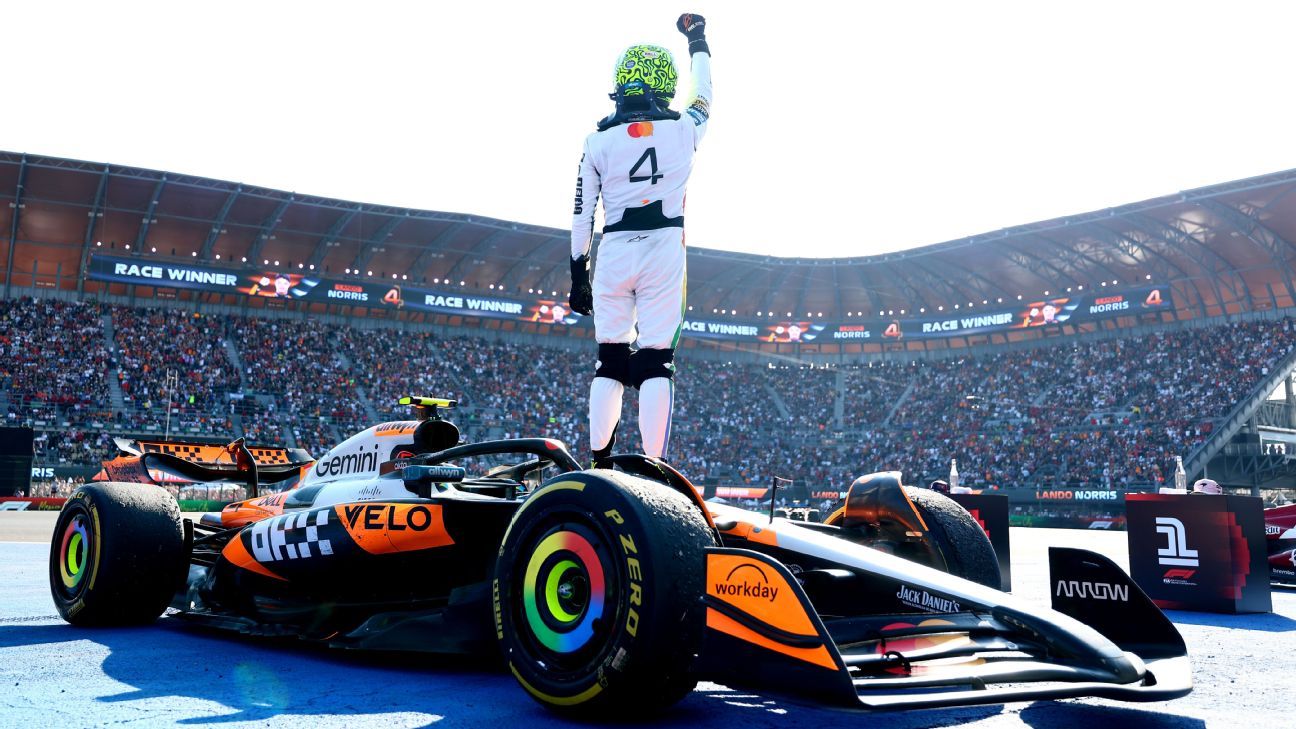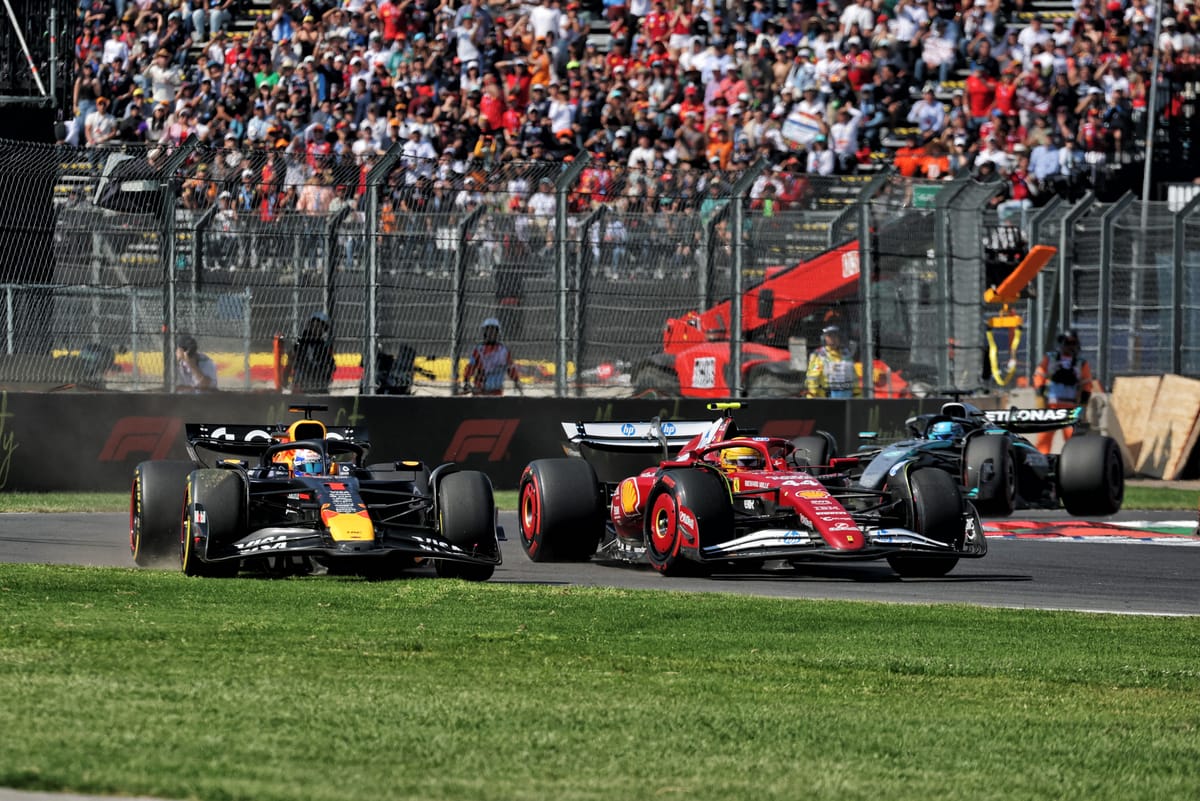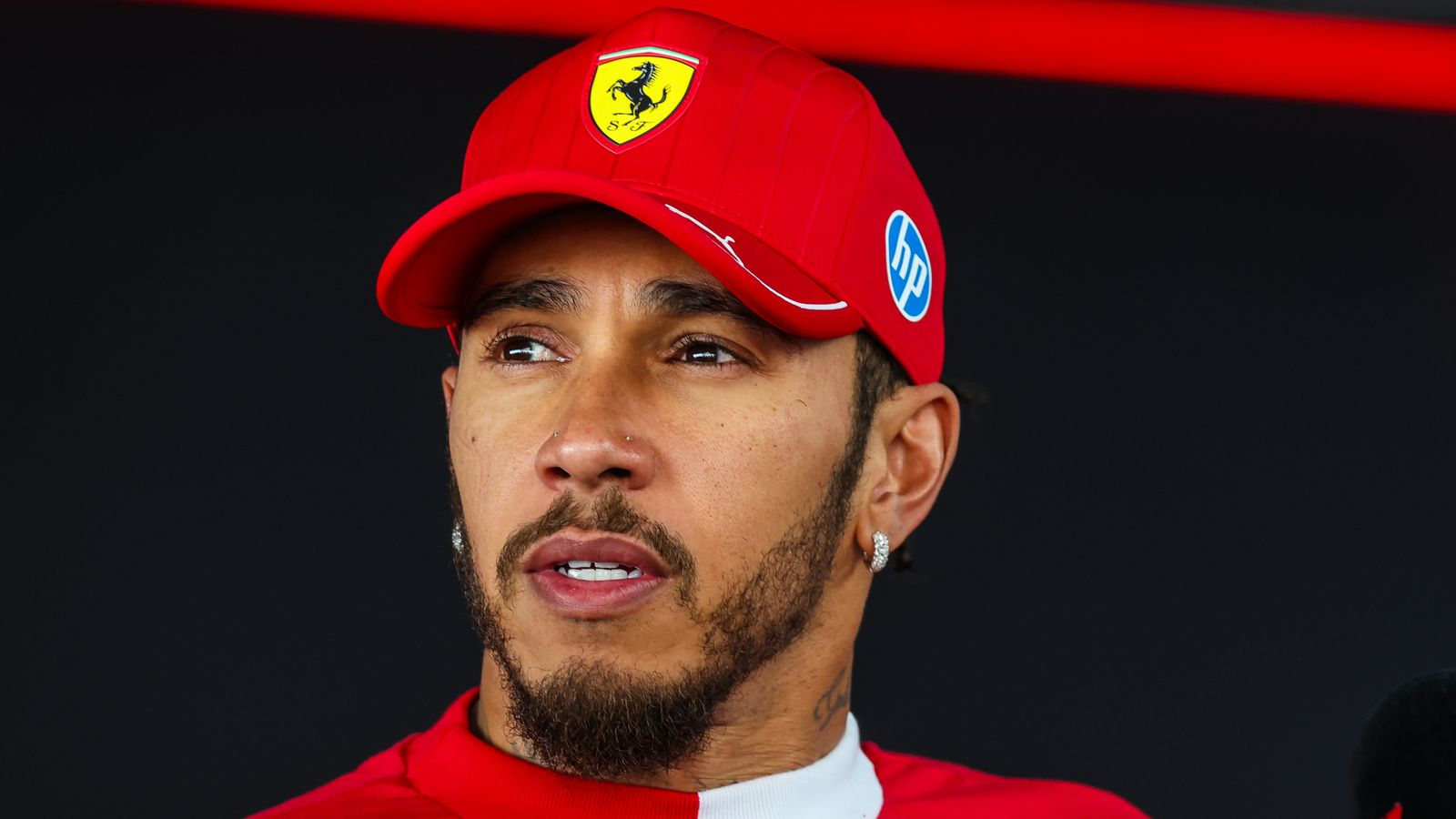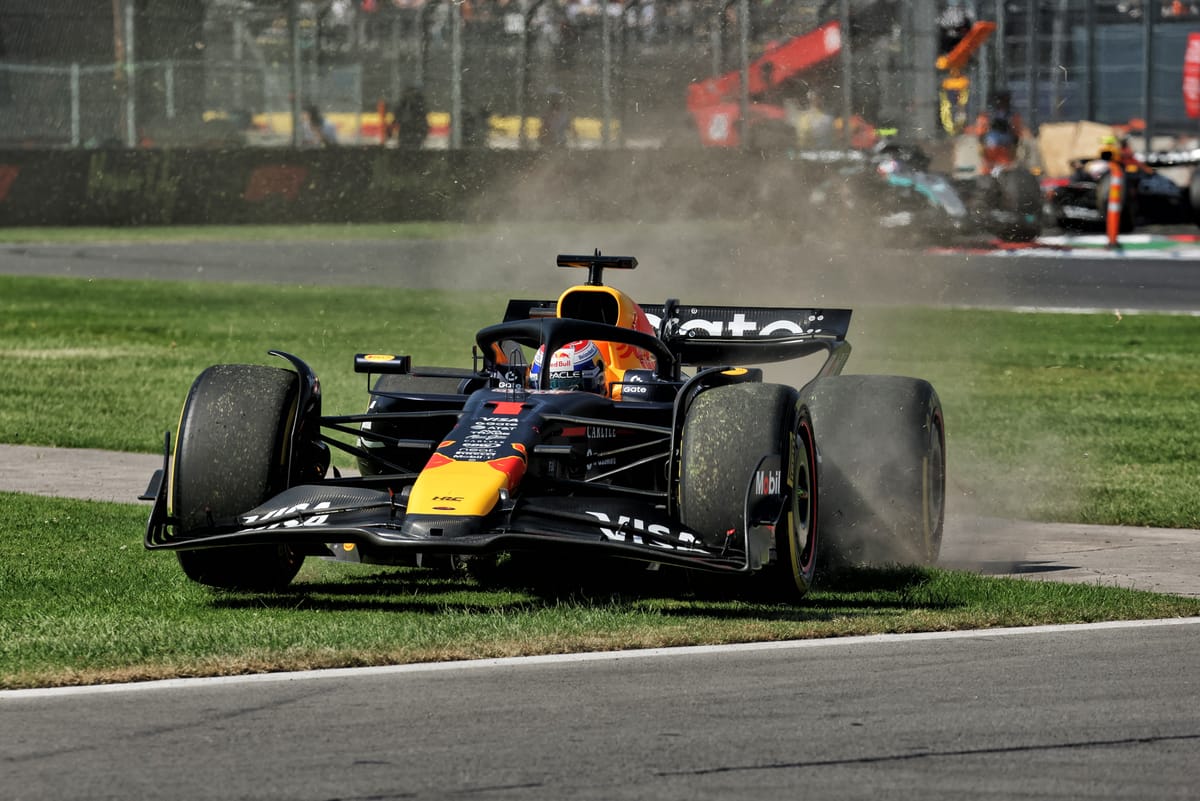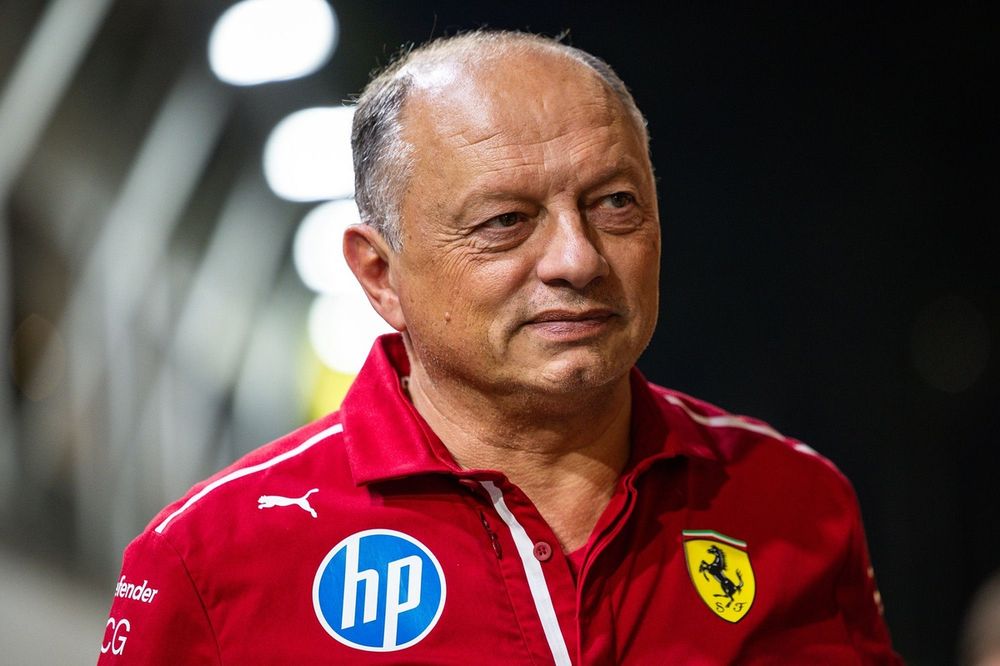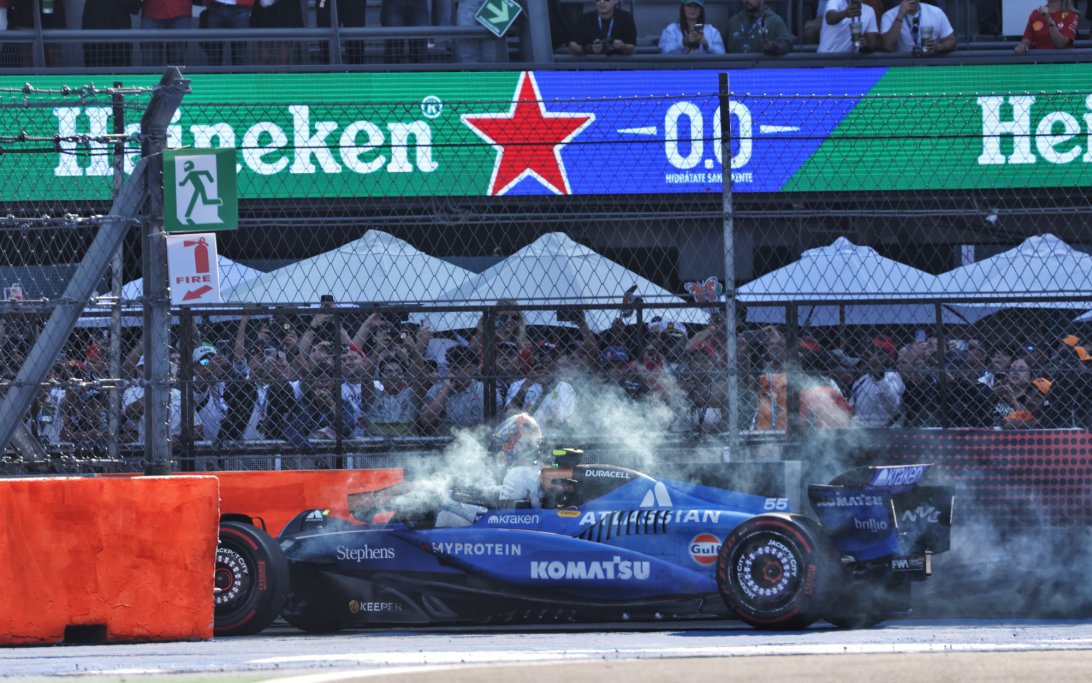
FIA Explains Controversial Late-Race VSC at Mexican Grand Prix
The FIA has clarified its decision to deploy a Virtual Safety Car (VSC) in the final laps of the Mexico City Grand Prix, a move that sparked debate among fans and drivers. The VSC was triggered after Carlos Sainz's Williams spun and halted in an exposed position, leading to safety concerns.
Why it matters:
The late-race VSC effectively neutralized the final moments of the Grand Prix, preventing drivers like Max Verstappen and Oscar Piastri from attempting overtakes on Charles Leclerc and Ollie Bearman, respectively. This intervention, with just over a lap remaining, had a direct impact on potential podium positions and championship points, making the FIA's justification crucial for transparency and maintaining sporting integrity.
The Details:
- Incident: Carlos Sainz spun his Williams FW47 on lap 70 of 71 in the stadium section of the Autódromo Hermanos Rodríguez. The car suffered terminal damage and came to a stop in an exposed runoff area.
- Initial Response: Yellow flags were initially waved in the incident area.
- Upgrade to VSC: The situation quickly escalated to a Virtual Safety Car. This was due to Sainz's car being in an exposed position and reports of it smoking and catching fire, signaling the need for marshal intervention.
- FIA's Rationale: According to the FIA's statement, a VSC is standard procedure whenever marshals are deployed to recover a car. The race was neutralised until the car was safely moved behind the barriers.
- Race Resumption: The VSC period concluded as soon as the car was in a protected position, allowing the race to finish under green flag conditions with approximately half a lap remaining.
Between the lines:
While some viewed the VSC as an overzealous intervention, especially given its timing in the race, the FIA's explanation underscores a strict adherence to safety protocols. The presence of smoke and potential fire, alongside the car's exposed location, created an undeniable safety risk for both the driver and marshals. Prioritizing safety over the competitive implications of the race's final moments is a fundamental principle in F1, even if it leads to contentious decisions. This incident highlights the delicate balance race control must strike between ensuring safety and preserving the spectacle of racing.
What's next:
This incident, along with another early-race near-miss involving a marshal and Liam Lawson, will likely prompt further review of safety procedures and response times. The FIA's swift explanation aims to pre-empt criticism and reinforce confidence in its race management. Moving forward, teams and drivers will continue to adapt to these strict safety interventions, understanding that such decisions, even if impactful, are made with paramount safety in mind.
Original Article :https://racingnews365.com/fia-explain-late-race-controversy-at-mexican-grand-pri...


